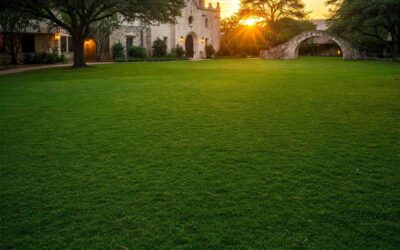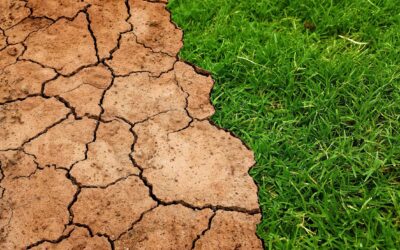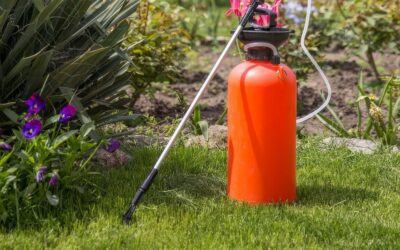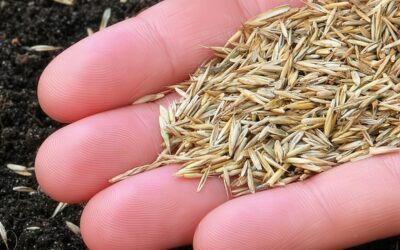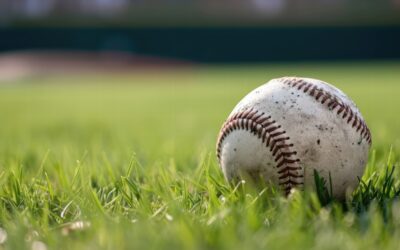When considering whether artificial grass is worth the money, did you know that:
- The average American spends about an hour and 25 minutes per week on lawn and garden care — or 71.66 hours a year? (American Time Use Survey).
- The average American home uses 320 gallons of water per day, with landscape irrigation estimated to account for nearly 9 billion gallons per day in total? (EPA)
That synthetic turf costs more upfront than real grass is undisputed but a long list of post-installation benefits help to offset these higher costs. Most installations of artificial grass are estimated to pay a return on investment within a few years.
Your choice between synthetic and real grass may come down to what you place a high value on. Short-term/upfront costs or long-term ROI? Water conservation and the environment? Your time?
Some people love to mow the lawn and would never consider replacing real grass. Others will make any excuse for wriggling out of the task.
Let’s take a deeper dive into this topic and assess the true value of artificial turf to help you make an informed decision about whether it’s worth installing in your backyard…
Artificial grass cost vs real grass cost
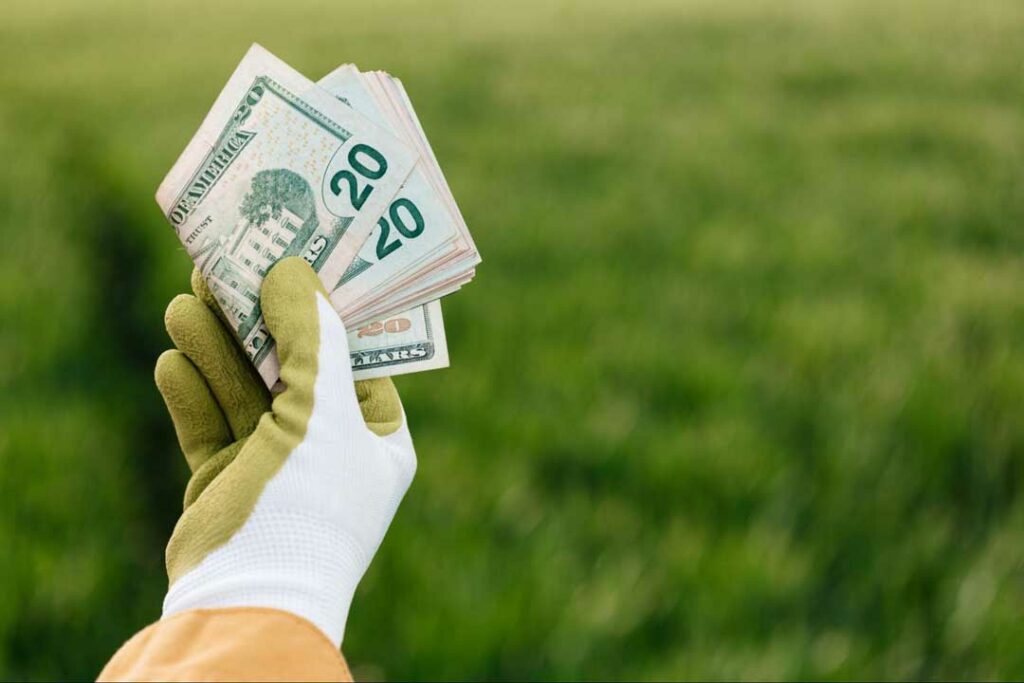
Most estimates of artificial grass cost average out nationally at $9-12 per square foot (fully installed) but this is dependent on many factors that we go into below.
If we compare this with the cost of a real grass installation, which is closer to $1-2 per square foot, it’s a simple conclusion to say that real grass is a lot cheaper to install. There’s no debate there.
A 1000-square-foot real grass lawn can be installed for $1,000-2,000 and an artificial grass lawn for the same area would be closer to $9,000 – $12,000. So, let’s say somewhere between five and ten times as much.
But this simple calculation only tells half the story. The main benefits of synthetic grass come later with its durability and low maintenance. To get a real picture of value, we would need to come back 10 years later and compare the two areas for maintenance costs and homeowners’ attempts to keep their areas looking immaculate.
Put simply:
The economics of artificial grass and real grass are different.
The main costs for artificial grass come upfront while the real costs of natural grass come later.
Natural turf comes with a lifetime commitment to keep it looking pristine, especially during spring and summer.
If we return to our previous calculation, we would need to consider how much time is spent caring for natural grass, how much water it takes and how much is spent on lawn maintenance services, weedkillers, fertilizer, and other products/tools to get a fair reflection of the cost of natural grass.
So, the question of whether artificial grass is worth is complicated because natural grass is costly to keep — in terms of both time and money.
How is artificial grass priced?
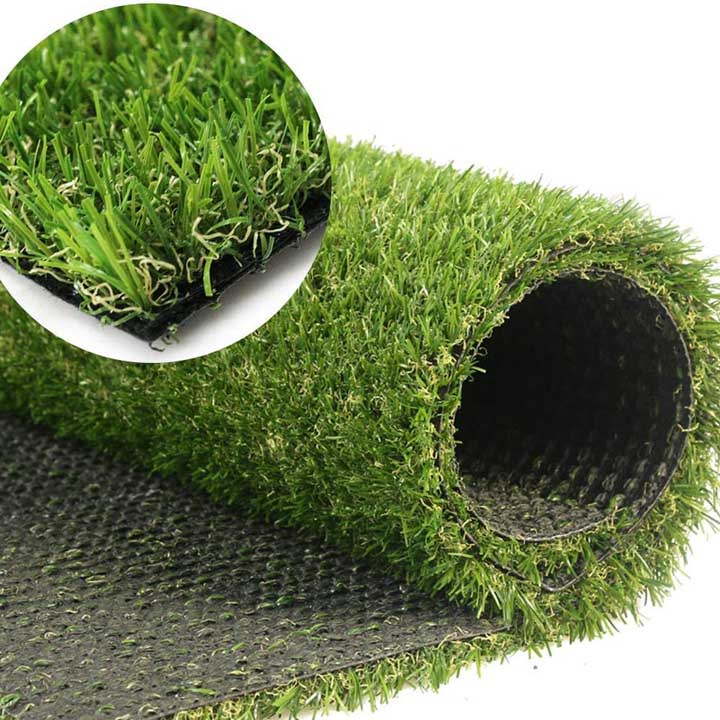
Most home or business owners who install artificial grass realize that the initial higher installation price is paid back over the years. But how exactly is artificial grass priced? And what factors affect the end price you’ll pay?
Artificial grass comes in rolls of 5, 7, 10, or 15 feet in width and is priced per square foot. So, if you have a 25-foot by 40-foot space in your backyard for a lawn, you’re going to need a minimum of 1,000 square feet of artificial grass.
In reality, most installations are not perfectly geometrical and will need plenty of cutting of rolls to “shape” the installation around trees, raised flower beds, pavers, paths and other landscaped or natural obstacles found in most front and back yards.
The price you see quoted from Artificial Grass Pros is the fully installed price — so not just the cost of the grass but the specialist labor required to install it too. Make sure that you’re comparing like with like when sizing up quotes and understand what’s included and what’s not.
What factors affect the cost of synthetic turf?
The amount of money you spend on an artificial turf installation will depend on many factors. You can read about them in our fuller article How Much Does Artificial Grass Cost? But here’s a quick overview:
- Quality of turf: nylon, polyethylene and polypropylene are all different-priced options that impart different qualities to the turf you select.
- Intended usage: you’ll need a different quality of turf for a lightly used artificial grass lawn than for a backyard putting green, kids’ play area or dog run.
- Face weight: the weight of your turf (not including the backing) affects the cost because the higher the weight, the lusher and more durable it normally is.
- Blade shape: the artificial grass blades come in many different shapes that also impart different qualities to your grass area.
- Additional materials used: the material used for the backing of the turf, infill and base layers (under the artificial grass turf) will also affect the costs.
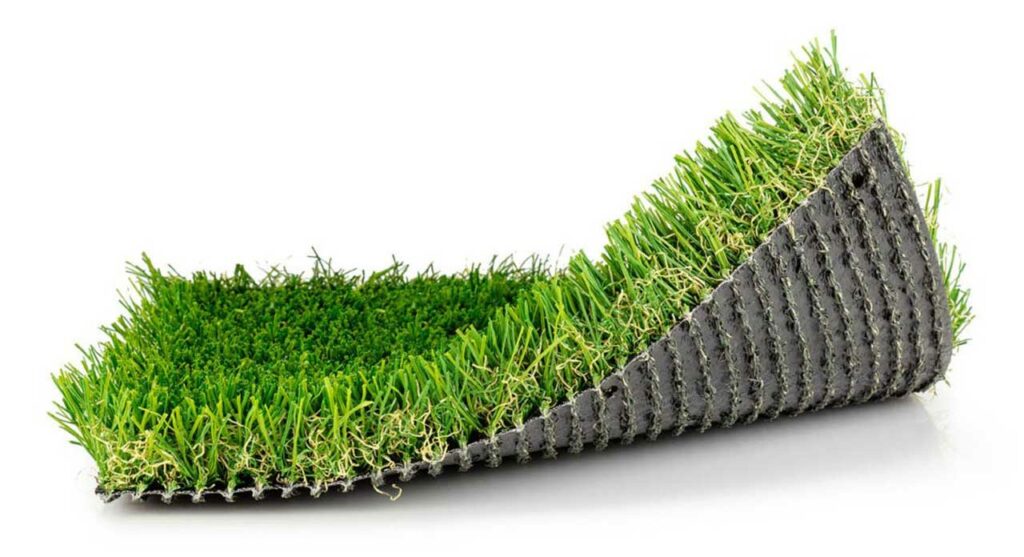
- Area size: it’s a no-brainer that the larger the area, the higher the cost of the artificial turf as well as the installation.
- Area shape and location: sometimes the shape and accessibility of the space can cause extra challenges with installation — as can drainage.
- Labor and operational costs: the labor costs and operational costs (e.g., delivery and haulage of materials) impact the overall project cost.
Example costs over 20 years: real grass vs artificial grass
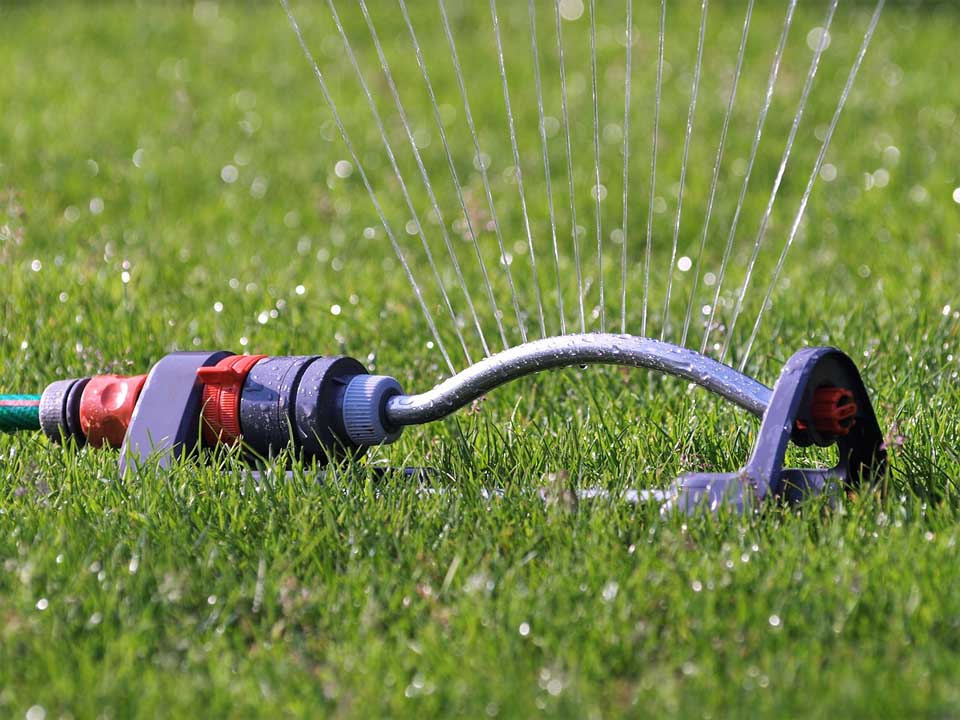
Using our example of a 1,000-square-foot lawn, we’ve estimated the costs over 20 years, which is a reasonable estimate of the longevity of a high-quality, professionally installed backyard artificial lawn in Austin, TX.
You can see how the true costs (rather than just the upfront costs) compare:
Artificial grass care and maintenance (20 years):
- Brushing: $150/year
- Infill replenishing: $100/year
Total Annual Costs: $250
Total costs over 20 years: $5,000
Real grass care and maintenance (20 years):
- Mowing/edging: $650/year ($25 every two weeks)
- Watering: $500/year
- Leaf and debris clearance: $175/year
- Fertilizing: $100/year
- Spring/fall cleanup: $75
- Aeration: $75/year
- Weedkilling: $40/year
Total Annual Costs: $1,615
Total costs over 20 years: $33,800!
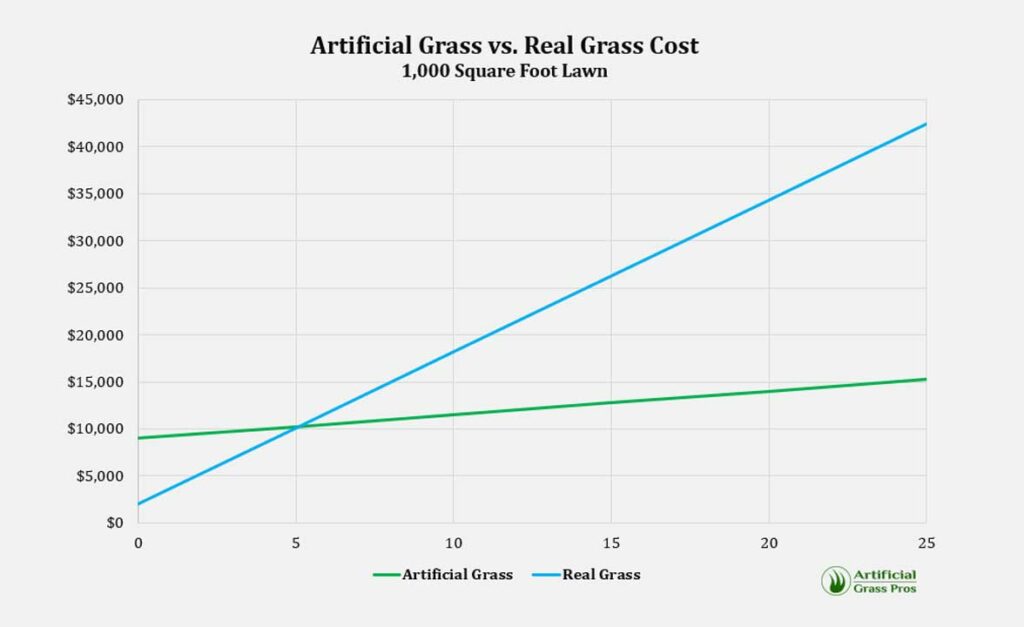
The above graph demonstrates that on a pure money-saving basis, the artificial grass wins the day after a few years of installation.
By Year 10, it’s more than paid itself back and by Year 20 there’s no contest!
There may be other motivating factors that make you select artificial grass (see the benefits detailed in the next section) but even on a long-term-cost basis over the life of a lawn, the decision is straightforward.
Long-term benefits of artificial grass
People who agree that artificial grass is worth the money generally point to its long-term benefits — with good reason. The main ones are as follows:
Water conservation
News stories about droughts in Texas seem to be more frequent and even in the more sub-tropical climate of the Austin area, average rainfall is way down. We received around five inches of rain in the 2022/23 winter — down 2.3 inches from the average.
This is leaving some of the reservoirs half full and creating concerns over water supply. Water restrictions are becoming more commonplace. In parts of central, western and southern Texas, the situation is even more critical.
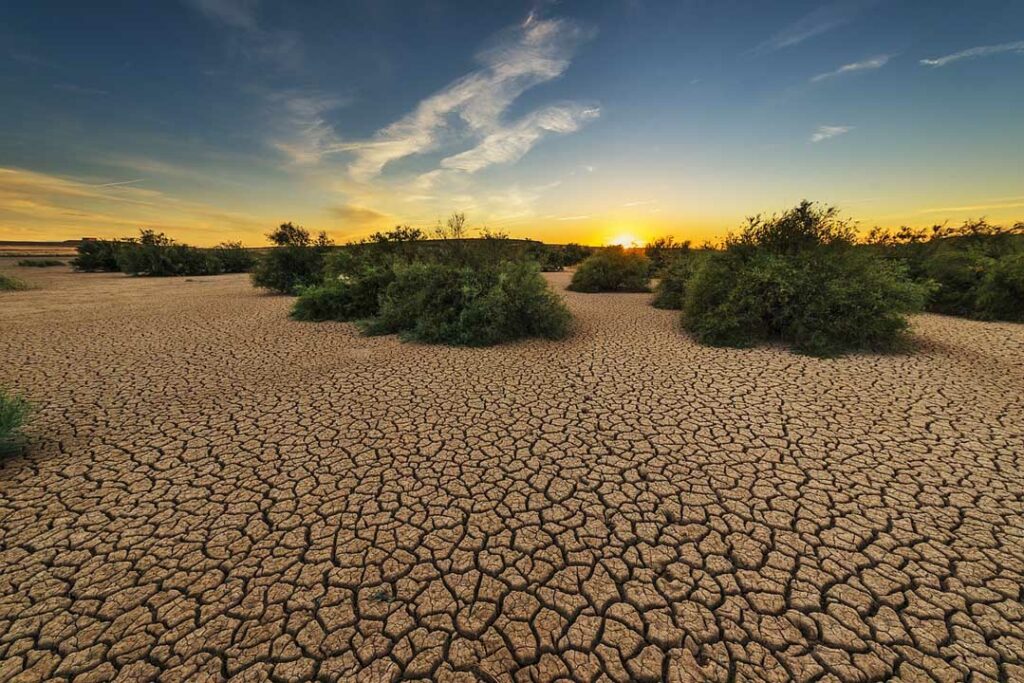
An artificial lawn can help conserve water and lower your bills. The most you’ll need to do is to hose it down now and again to get rid of any stubborn debris that can’t be brushed or blown away or pet urine that doesn’t drain away with the rains.
Compare this with the standard advice for natural lawn irrigation. The Watering Do’s and Don’ts advice is as follows:
“Water your yard early in the morning and soak the ground thoroughly so that it penetrates to a depth of at least 3″. While the amount of water needed will vary depending on your climate, the weather, and the time of year; the general rule of thumb is to make sure your lawn receives 1″ of water to your lawn per week during dry conditions.”
It takes around 0.623 gallons per square foot to water a lawn according to these instructions. That’s a lot of sprinkler water. For a 1,000-square-foot lawn, around 623 gallons are needed every time you water a grass lawn!
The same area of artificial grass requires less than 80 gallons — much less frequently. You can begin to see just how much water an artificial lawn will save.
Lower monthly costs
Homeowners can spend more than $1,000 a year on lawn maintenance. That money is saved when you switch to an artificial lawn.
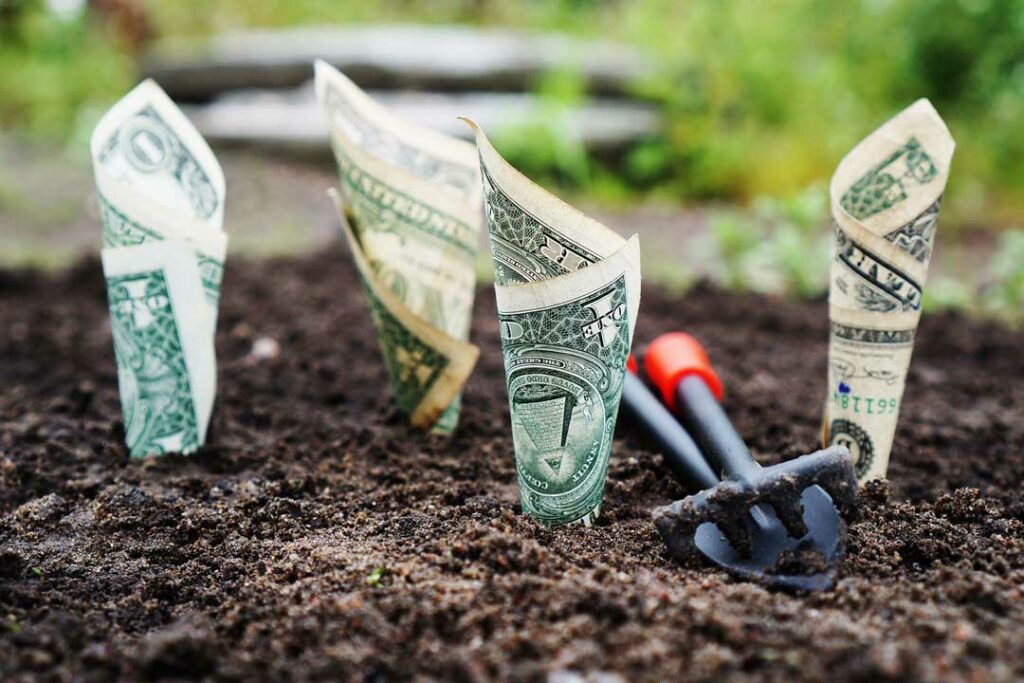
Monthly lawn service fees are usually the main cost-saving other than water. Imagine the savings made over 5-10 years.
Even if you don’t hire a gardening service, you need to fork out on fertilizers, pesticides, weedkillers, gardening tools and machinery, etc. There’s none of this with artificial grass.
Better for the environment
The lack of lawnmowers, fertilizers, pesticides and weedkillers (no Roundup!) needed for artificial grass also means a lower toxic load, i.e., less toxic seepage into the groundwater, streams and rivers, which is better for the environment.
If you use a leaf blower on an artificial lawn, this may use gasoline and emit some nasties but the lack of lawnmowers, edgers and weed eaters more than compensates for this.
According to the EPA, off-road, small-motor, gasoline-powered equipment like lawnmowers are major contributors to climate change, emitting approximately 242 million tons of pollutants annually — just as much as cars and homes!
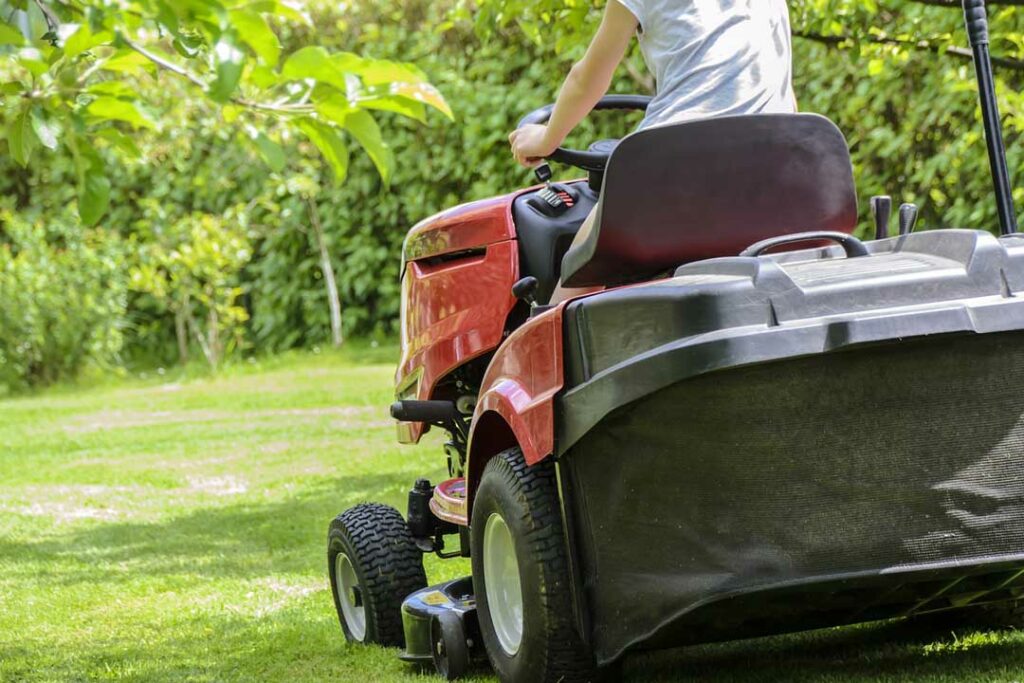
Furthermore, over 17 million gallons of gasoline are spilled each year while refueling lawn equipment, which pollutes and degrades soil!
By some estimates, an old-style gas-powered lawn mower emits as much pollution in an hour as a car generates over 350 miles.
Even though synthetic grass is a petroleum-based product, switching from natural grass saves many environmental costs and supports the argument that artificial grass is worth the money.
Versatility
There are very few spaces where artificial grass cannot be installed — and it can even go over concrete or on a balcony if necessary.
Real grass is far less adaptable and needs the right growing conditions to remain in pristine condition. If there’s an area of the yard that gets little sunlight or you live in a particularly dry area, real grass may struggle to flourish.
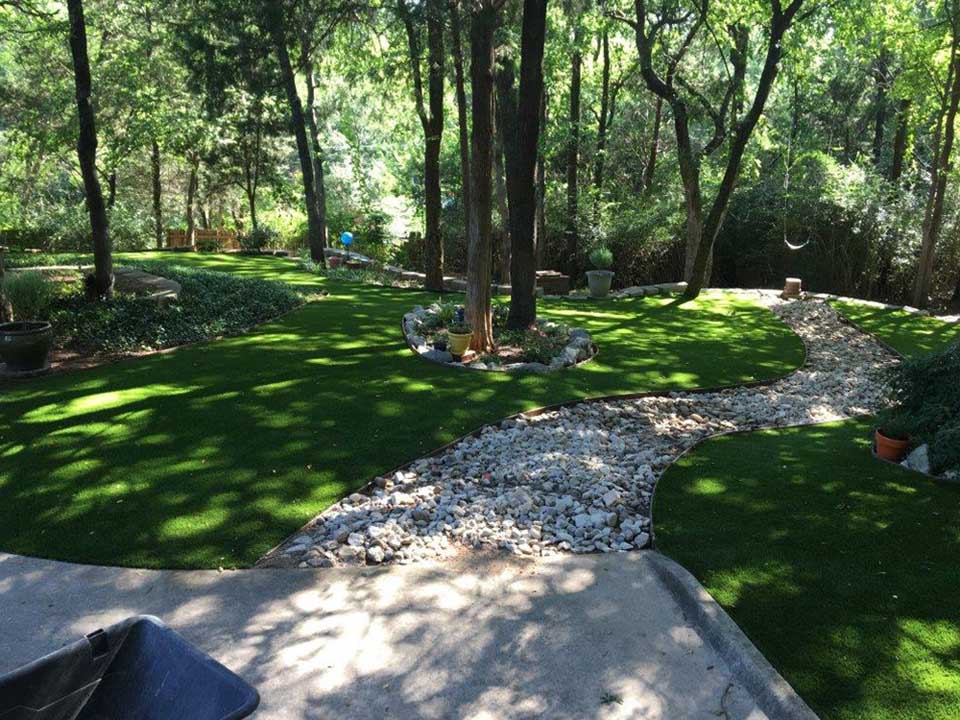
Increased home value
Because an artificial lawn almost always looks good regardless of the time of year, pets, climate or how much maintenance you do, it can add value to a home.
First appearances matter and a natural-looking, lush and verdant area in your front or backyard can make a striking impression that adds curb appeal.
When valuing your home, an artificial lawn, putting green, entertainment area, swimming pool area or other space can add thousands of dollars. It looks and feels the part without requiring much maintenance and, importantly in Texas, won’t be affected by water restrictions.
Here’s what one authority from Better Homes and Gardens says:
“Sellers can gain anywhere from 5 percent to 12 percent more value to their home (depending on where the property is located) with a well-maintained landscape… basic yard care service is the top curb appeal project to tackle before selling,”

More free time
Unless you book a lawn maintenance service, you’ll spend an average of 71.66 hours a year caring for your lawn, according to the aforementioned time-use survey. If mowing, aerating or fertilizing the lawn is not your idea of fun, synthetic grass may be what you’ve been waiting for.
You don’t need to worry about any of that from day one with a new artificial turf installation. Modern synthetic grass looks like natural grass and maintains its lush and verdant appearance year-round with almost no effort from you.
You can spend your time at the weekends and in the evenings doing what you love instead!
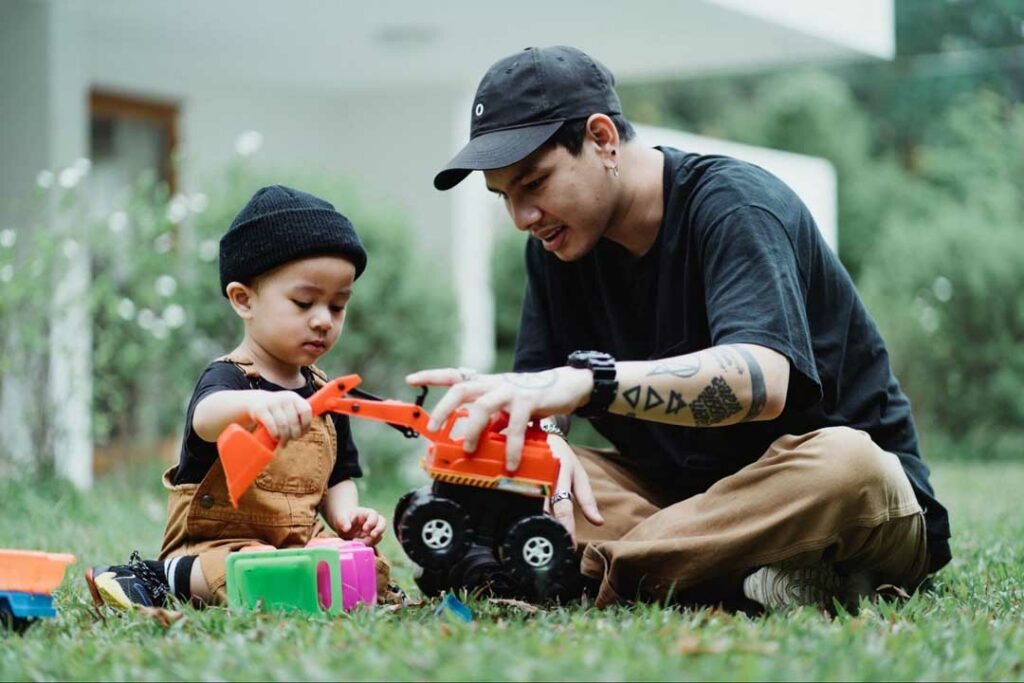
A more pet-friendly backyard
Bare or yellow patches, toxic fertilizers, lawn potholes, muddy dog paws trailing through the house…all are worries of the past when you make the switch to artificial grass.
If the right turf is installed properly in your backyard, you’ll create a dog-friendly space that also saves you many of the headaches of owning a dog.
If you’re worried about where your dog will “do its business”, our pet turf is specifically designed to dispel nasty odors so that your dog can pee and poop on artificial grass. You can use it to create an entire lawn or just for a designated dog run.
If you have dogs, the Artificial Grass Pros team will arrange appropriate drainage and apply our special antimicrobial infill, which inhibits the growth of bacteria and reduces odors. The entire area will remain cool, clean and hygienic for everyone, including your pets.

Suitable for commercial areas too
Did you know that artificial grass began life as a commercial application? AstroTurf® was invented as an urban playing surface intended to substitute for the concrete and brick found in recreation areas in schoolyards.
It became widely known for its usage in the Houston Astrodome and replaced real grass in many sports fields (less maintenance and year-round usage even in harsh and inhospitable climates).
To this day, artificial grass is used in many commercial applications to reduce groundskeeping costs. Sports fields, event venues, swimming pools, kids’ playgrounds, dog care businesses and more use synthetic turf.
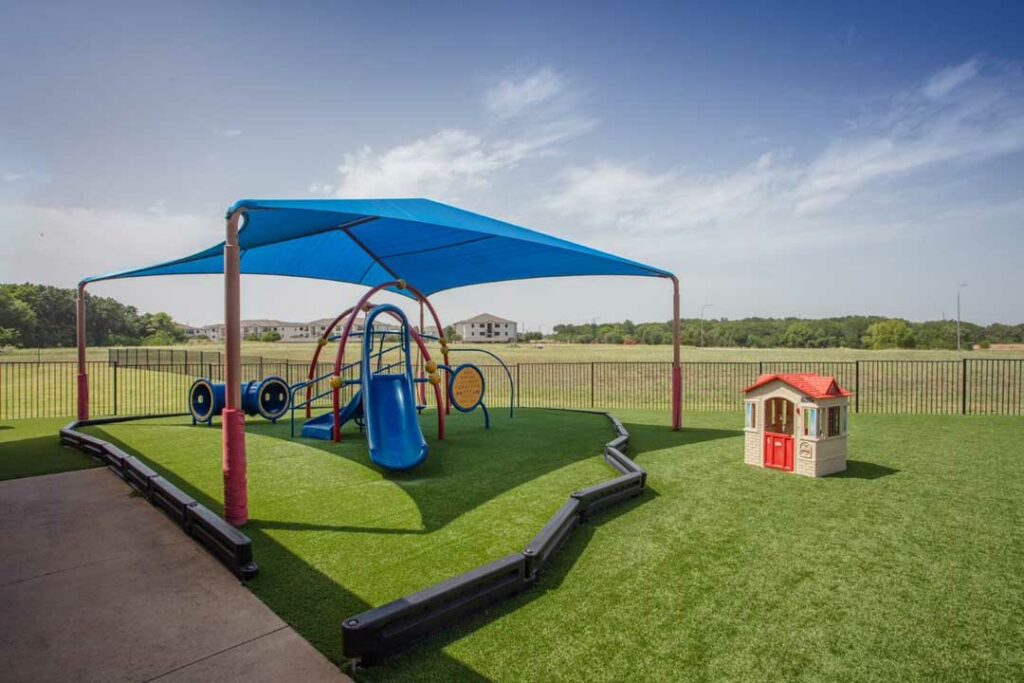
Protecting your investment with a little routine maintenance
Synthetic turf is very low maintenance compared to natural grass but it is not maintenance-free as some might have you believe.
You’ll need to remove debris, dirt and dust from time to time, brush it against the direction of the blades to keep it looking plush and occasionally wash it down with a garden hose (more often if you have pets). The infill may also need to be replenished annually.
Beyond that, it’s a case of sitting back and admiring the immaculate surface: no watering, mowing, aerating, fertilizing or weedkilling. This adds significantly to the value of the turf area and is a big reason why many homeowners consider artificial grass worth the money.
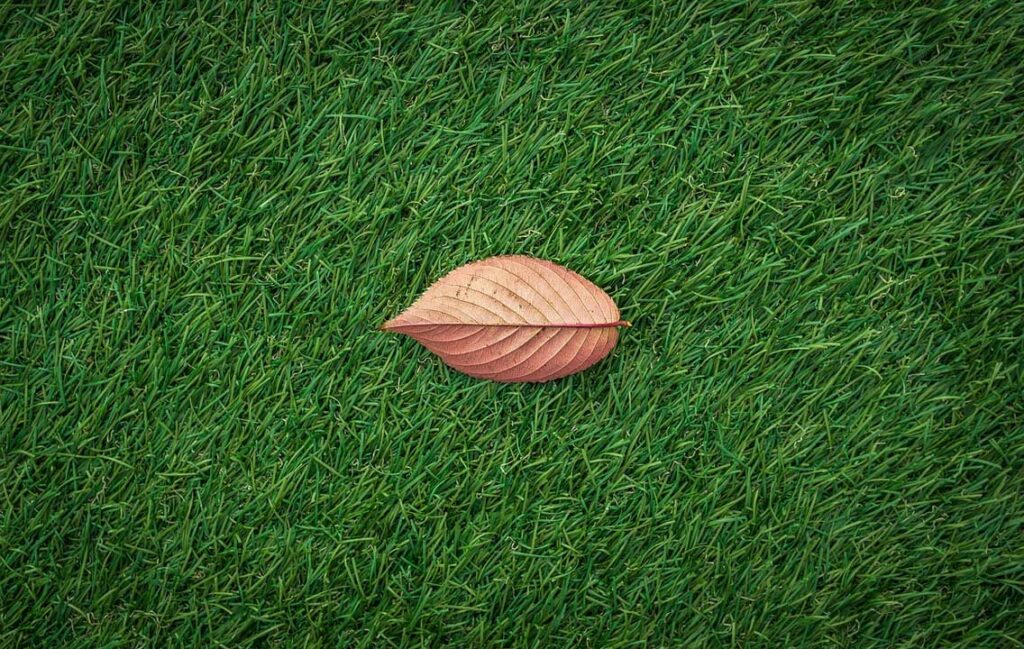
When is artificial grass NOT worth the cost?
Can you tell we’re fans of artificial grass? 😊
Even so, we’re realistic enough to understand that it’s not for everyone. You should hold off on installing synthetic grass if any of the following apply:
- You can’t meet the upfront costs: the upfront costs even for a 300 to 500-foot area are significantly higher than for a natural grass lawn.
- You’re considering moving house: even though an artificial lawn can increase the value of a property, you may not want to meet the initial costs if you’re thinking about moving very soon.
- You love working in the yard: if you’re a homeowner who finds yardwork therapeutic, you might not want to give up your weekends of mowing, annual aerating of your prized lawn or other yard work.
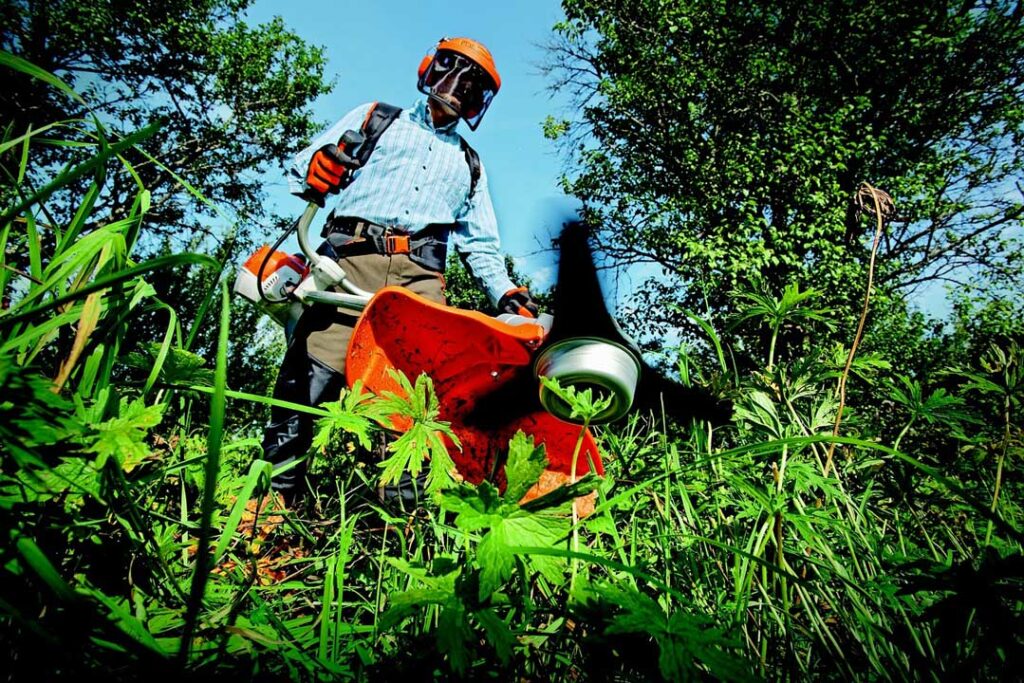
FAQs
How long does artificial grass last?
With high-quality grass, the right installation team and good maintenance, artificial grass can last up to 15 years or more.
Are there drainage problems with artificial grass?
Professionally installed and high-quality artificial grass will drain well even in the wettest periods due to the permeable design of the turf and the road base layer underneath. This also makes it well-suited for pet owners concerned about their pets urinating on the grass.
What does the price in your quotations include?
The quote you receive from Artificial Grass Pros covers the fully installed turf. We believe the total project costs should be transparent from the start.
Cost-effective artificial turf …
With the right choice of turf installed properly, artificial grass is certainly worth the money in the long run.
The high durability, low-maintenance requirements and water conservation associated with artificial grass are three particularly high-value benefits that convince many homeowners in Texas to make the switch from real grass sod.At Artificial Grass Pros, we can look after your project from start to finish. Reach out to our helpful team by calling 512.296.1500 and we’ll be happy to provide a quote.

